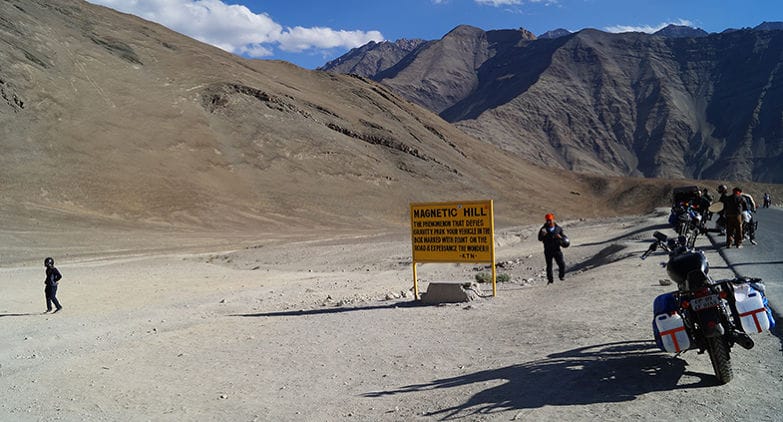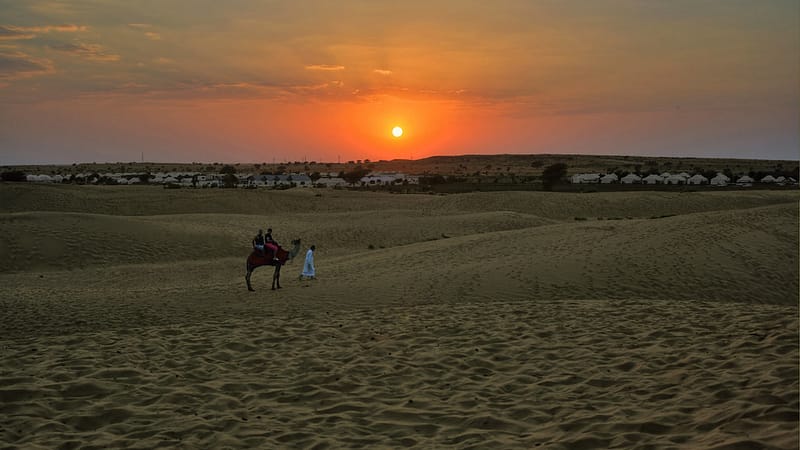A Leh Ladakh Bike/Road Trip For Thoughtful Travellers

I was thinking of writing an article about a bike/car trip (bicycle in this case) to Leh Ladakh. I don’t know what will happen to Leh in Ladakh. Ladakh’s lunar landscape is at its most fragile, most travelers expect hot water, electricity is taken for granted, and city travelers are dreading the comforts of modern life as they take their engines to the Ladakh prairies. I expect you to be
Do you really want to post inspiring pictures of Leh Ladakh?Do you really want more people to live in these places? Do you want people to impulsively throw plastic packaging out of their moving cars when visiting Ladakh? . Perhaps a post about how Ladakh is not all sunshine and not dreamy on road trips should encourage people to travel consciously and to perceive, perceive and be aware of the landscape I realized the severity of this area. Here’s a guide to Leh if you’re on a road trip and how to discover new things.
Not just a road trip to Ladakh. His
Thinking Sustainability Last August, I took a bicycle tour of his ever-moving Leh Ladakh. There, I saw a landscape that contrasted with the sedentary, urban and prosaic metropolitan culture of Indian cities. Cozy, sparsely populated, nothing beautiful. In times like these, people wonder how they make a living in a place like Ladakh.
The world is divided into two extremes. People who believe in the unbelievable and unlikely places like Ladakh, no matter how beautiful, can despair when they see a deathbed of garbage in the most scenic places. People who believe in one.
I raced through this terrain with immediate regret of being here, but also with pure awe, admiration and respect for the people who lived on the edge of this barren plain.
They looked great on the outside, but they weren’t on the inside. As an outsider, I was interested in how monks, nuns and locals live in this cold Leh Ladakh landscape.
Food, Water and Shelter Selecting Alternatives and Volunteering in Ladakh.
Leh A road trip to Ladakh isn’t just about scenery, hiking and great photos to fill your feed. Slow down and visit Leh in the off-season and spend time volunteering at places like: For Ladakh nuns
Snow Leopard Sanctuary
How is it possible to make a living here with locals, schoolchildren, elders, people and nuns? Once you’ve learned what it’s like to be a Ladakh monk, join a road trip to these places and experience the otherworldly terrain of Ladakh.
Finally, on the expedition to Leh Ladakh, I thought a lot. Find out how it differs from farming in rural areas. It takes many people a year to obtain nutritious food, but here the farming season is limited to just four months.
We also thank the workers in agriculture and agribusiness, and those who brave extreme weather and dangerous road construction work in Ladakh. Many of the workers building these long mountain roads are immigrants from other small towns in India.
They come here every year from May to mid-October to work under the hot sun and spend more time than ever before to provide transportation for the large numbers of people and tourists who continue to flock to Ladakh. and paved roads.
This work involves digging and carrying heavy loads of mud and stones. They say he works 10 hours a day, 6 days a week, for a daily wage of Rs 350 to Rs 600 depending on the level of work and experience. You can find it parked at a campsite near the road with a barely installed cover to protect it from the harsh UV rays.
Again, if you’re biking or biking, you can slow down and appreciate the difficult terrain others go through to build the smooth asphalt sections we ride on
Thinking about all this doesn’t necessarily make you feel happy. In fact, it’s not common to think of all these things while on vacation. But as we continue to choose to travel to remote, inaccessible and harsh places, we need to be aware of the impact of our footprints and what kind of interactions and conversations we want to have when talking to others at home.
Shall we share stories of the beautiful and perfect scenery we captured? Or do you also want to share the reality of the situation of people in these places and the situation of despicable waste? These are small steps in choosing how to travel, especially in a place like Ladakh. What we consume, discuss, observe and share becomes the starting point for change at home. Simple things like finding ways to reduce plastic waste while traveling can be done with a little research and effort. checkout more content






